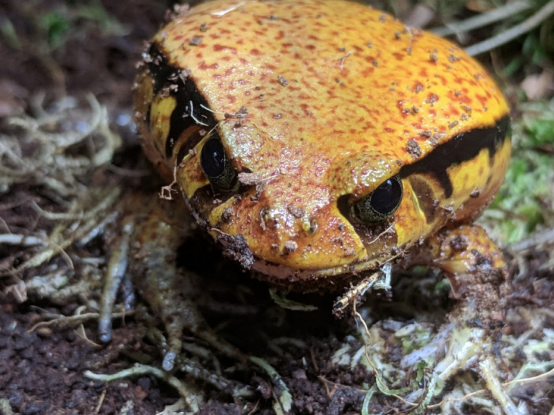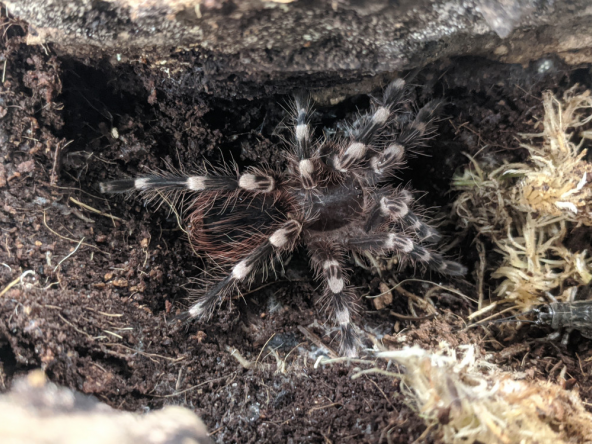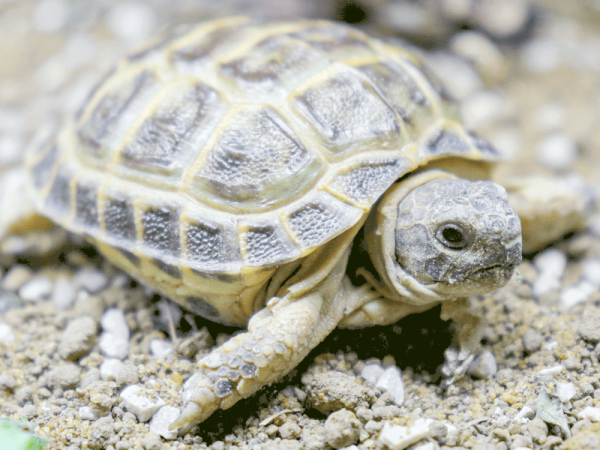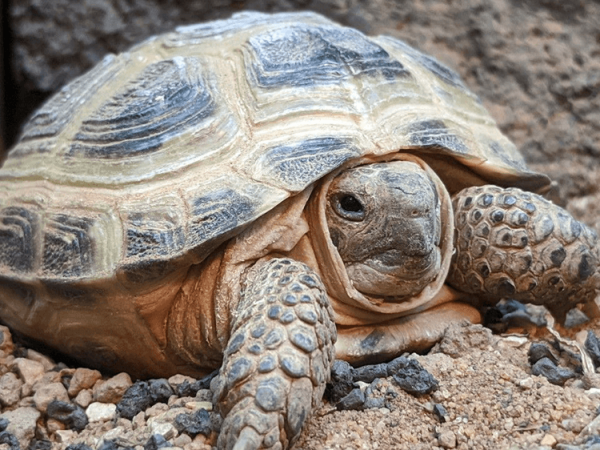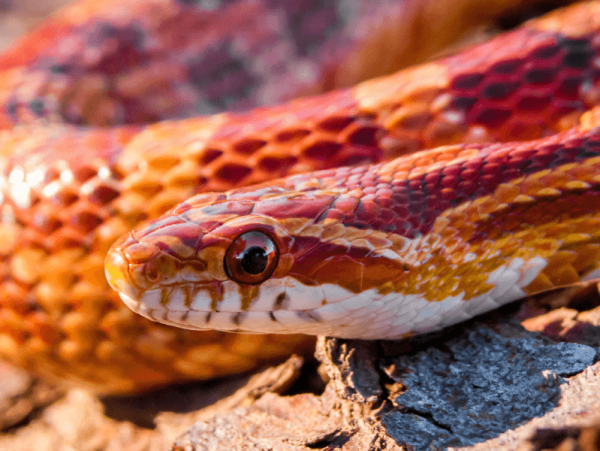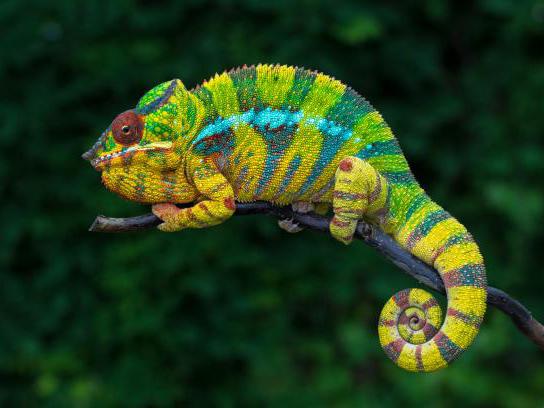Optional extras
Tomato frog, Dyscophus antongilii, care sheet
Categories: Care sheetsAmphibians
The Tomato Frog, aptly named for their round, vibrant orange/red bodies, are endemic to Madagascar, where they live amongst forest floors and swamps. They aren't the most active of creatures spending most of their time buried in the earth waiting for prey to crawl by, which they catch with their large mouths and sticky tongues. They are nocturnal in nature and pretty inactive then too. But they do have astonishing colouration, so make an interesting addition to any collection.
Housing
Despite their low activity tomato frogs still require adequate space to move between crevices and to water. A minimum 60 x 45 x 30cm enclosure should provide sufficient opportunity for this. A soil-based substrate should be used to allow for burrowing behaviour and is essential for this frog’s behavioural repertoire. This will also provide a good opportunity for a bioactive setup, with live plants and clean up crew.
As well as soil, moss and leaf litter will also make good foundations of your environment and assist toward humidity and a natural look. To go with this earthy base, a number of cork pieces, logs, rocks and other decor will mean your frog has a secure environment, providing hiding opportunity as well as one that is enriching.
Heating and lighting
In terms of heating, look to create a warm end of 26°C and a cool end of 15-20°C, which will allow the frog to regulate its own temperature by moving from one end to the other. To reach these temperatures you could use a heat mat or small heat lamp, though any heat source will need to be attached to the relevant thermostat to prevent overheating. Nighttime temperatures can drop to 15°C or slightly lower to simulate a good day/night cycle.
Even though the frogs are a nocturnal species in the wild, they will still be exposed to small amounts of UV through the day so providing a low-level UV lamp on a 12-hour cycle will help with better health and a more natural setting. A good UVB bulb is Arcadia's ShadeDweller (25- 40cm away) which will need replacing every 12 months.
Humidity
Terrarium humidity should sit at 70-80% for the majority of the time. Regular spraying, foggers and small water sources can help keep the level of humidity stable and prevent the enclosure from drying out. Any water going into the terrarium will need to be de-chlorinated as chlorine can cause the frog’s skin to dry out, with long-lasting damage. Being the shape that they are, these frogs are not great climbers or very agile, so shallow dishes should be used for water sources. Humidity should be monitored using a good quality digital hygrometer.
Diet
Tomato Frogs are insectivores so will only feed on insects like crickets, locust, worms and cockroaches. Live food will need to be dusted with good quality calcium, D3 and multivitamin supplements and additional gut loading will also ensure the best nutrition. Alternating the supplements throughout the week in a suitable regime will mean the frog receives all the required nutrition for development and healthy upkeep. Vitamin A is an additional supplement for frogs playing a part in vision, skin health and tissue growth - essential to a group of amphibians which can often suffer from neurological issues.
Summary
If a Tomato frog sounds like the ideal pet for you, why not take a look at our Tomato frogs for sale, and see if we have any in stock.
Swell SuperStore Tomato Frog
- Scientific name - Dyscophus antongilii
- Adult Expected Size - 5-8 cm
- Habitat - forest floors of Madagascar, within the loose soils, leaves and mosses. Terrestrial living.
- Required Enclosure Size - 60 x 45 x 30cm
- UV Lighting - 1-2 UVI (shade dweller - 25-40cm away)
- Expected Lifespan - 6-8 years
- Temperature Gradient - 15-26C
- Humidity Levels - 70-80%
- Feeding - Insectivores - live food such as crickets, locust, worms or cockroaches.
- Handling - NOT FOR HANDLING - Amphibious species have extremely sensitive skin,
Jeremy Gay is an author, lifelong fishkeeper, and exotic pet specialist. He's a former editor of Practical Fishkeeping Magazine, UK editor at Reefbuilders, a former pet store manager, and has collected wildlife in Sri Lanka and the Amazon. He's been on tv and radio, contributed to Koi Carp and Gardeners World magazines, been a product tester, a judge, and a product developer.




